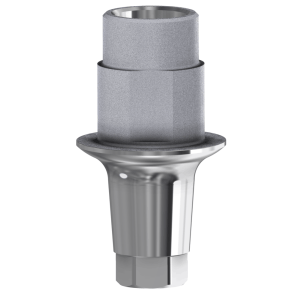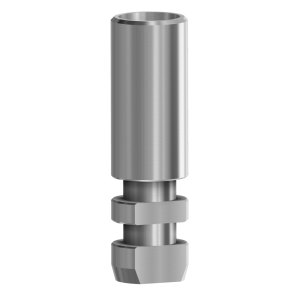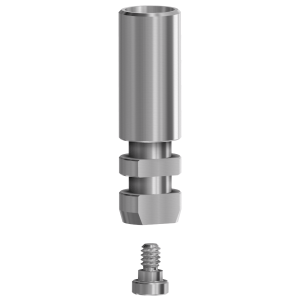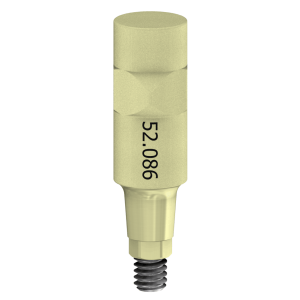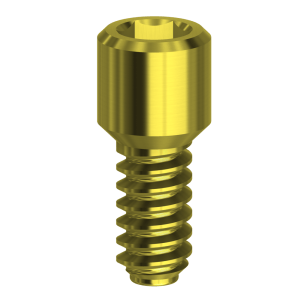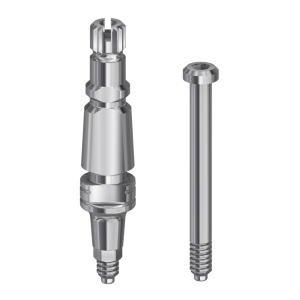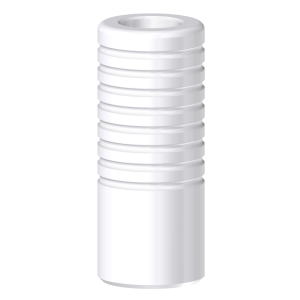DESS® Dental compatible abutments for GlobalD In-Kone® dental implants
GlobalD® is a brand that develops therapeutic solutions for maxillofacial surgery, dental implantology and orthodontics with the best professionals in the sector. It is characterised by the integration of implants and prostheses from the osseous from a mechanical and periodontal point of view, thus achieving excellent durability in reconstructions.
One of its flagship products is the two-piece GlobalD In-Kone® implant with an internal taper connection and a rough subcortical shoulder. Because of its more open placement than that of traditional implants, it functions as a progressive profile for future prostheses. The external profile is truncated and cone-shaped with a progressive double thread to ensure stability.
For implants, different types of dental abutments can be used with GlobalD In-Kone® to facilitate healing, adaptation with the emergence profile and attachment of the abutment to the final implant.
It is important to ensure that they are of high quality and do not hinder the treatment’s progress but rather promote healing and completion of the treatment. Choosing abutments that do not meet the necessary standards can compromise the entire treatment.
GlobalD In-Kone® dental implant abutments of the highest quality at the best prices
At DESS® Dental you will find dental abutments for GlobalD In-Kone® with excellent implant compatibility. They provide an effective structure that will allow you to complete treatments with those patients who have opted for this system.
In our catalogue, you will find different types of products compatible with GlobalD In-Kone®, such as abutments, Ti Bases and analogues, all of which are flexible enough to allow any movement to be made and adapt to both the implant and the patient's bone structure. In addition, they guarantee resistance to continuous use and the passage of time, which often leads to wear and tear on the parts.

